*This article contains mild spoilers for ‘Black Panther: Wakanda Forever’*
Thirty movies into the Marvel Cinematic Universe (MCU), and there’s still plenty to explore — evidenced by the fact that we only found out this is the adaptation of Marvel Comics Earth-616 during Doctor Strange in the Multiverse of Madness.
While thousands of characters are yet to be introduced — not least the X-Men following Namor’s acknowledgment in Black Panther: Wakanda Forever that he’s a mutant — there are plenty of iconic places from the comics to visit.
The Kingdom of Talokan was revealed to the Wakandans during Wakanda Forever and could open the gates to other so-far-hidden lands in an increasingly fantastic universe. It looks like U.S. government agencies are preparing for other secret nations to appear.
What is the Savage Land in Marvel Comics?
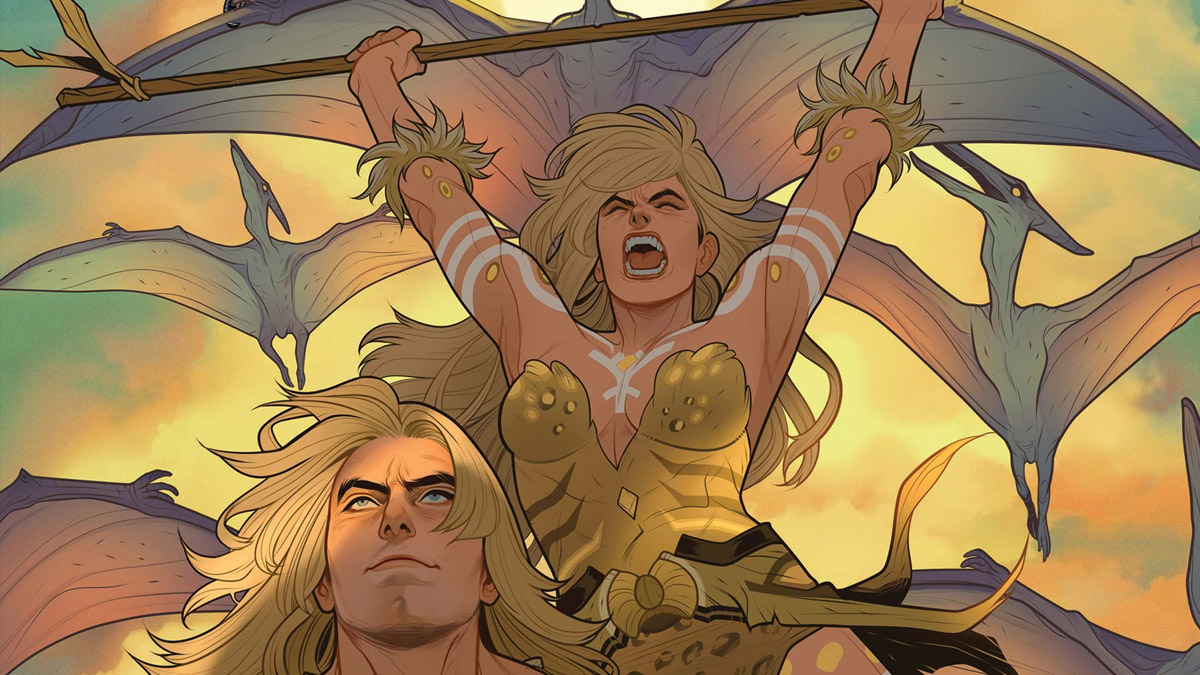
The Savage Land is Marvel’s brilliant call-back to classic adventure pulp paperbacks and B-Movies. If you’ve seen movies like 1974’s The Land That Time Forgot, starring Doug McClure, which adapted Edgar Rice Burroughs’ 1918 book of the same name, you know what to expect.
Tucked on a peninsula of Antarctica, the Savage Land is an artificially created tropical forest region nestled in a ring of volcanic mountains. Hidden from the outside world, it’s home to prehistoric flora and fauna, including dinosaurs, a host of beast men, early hominids, evolved human tribes, mutant lizards, yeti, and others.
It was introduced as ‘The Land Where Time Stands Still’ in Marvel Mystery Comics #22 by legendary creators Joe Simon, Jack Kirby, and Syd Shores. In that 1941-set tale, it was the home dimension of Khor, the Black Sorcerer, responsible for the disappearance of exploratory ships. It gained its familiar form and name when Kirby and Stan Lee reintroduced it in X-Men #10 in the spring of 1965.
It has remained a key part of the X-Men story, but it’s also dragged in other aspects of the broader Marvelverse as the years have dug into its history and relevance.
Creating a prehistoric land
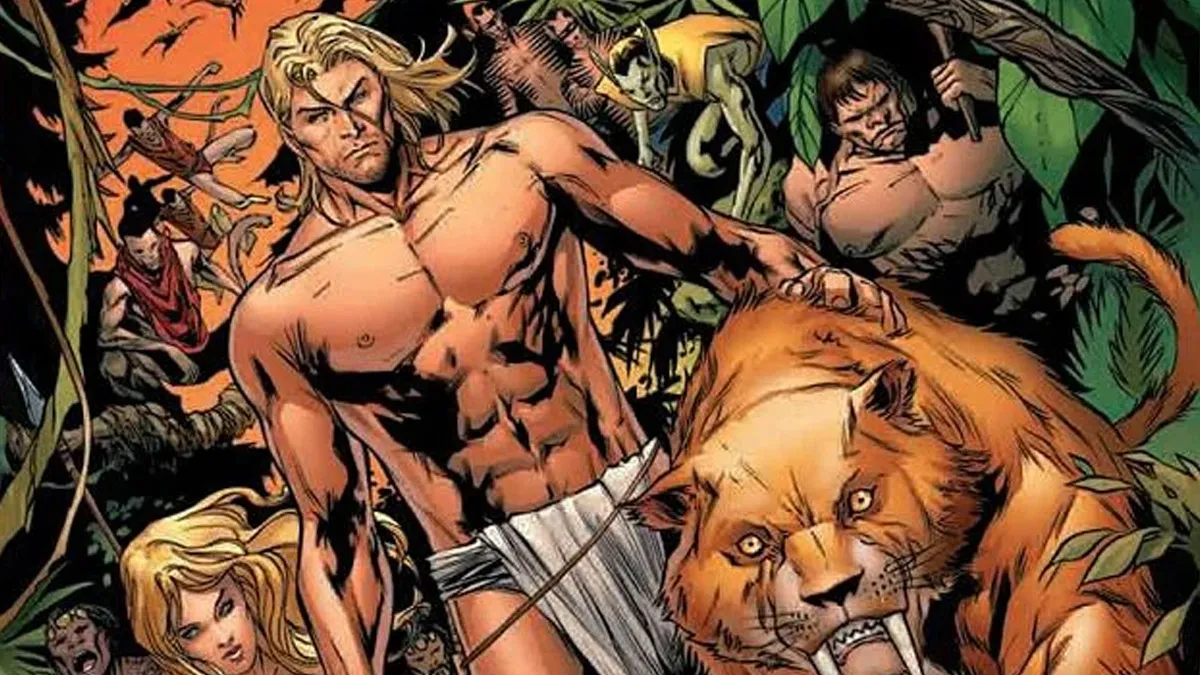
The oddity that is the Savage Land was created by the oldest intelligent race in the universe, the Nuwali, 200 million years ago. It was one of several “game preserves” built at the behest of the extra-dimensional Beyonders. It was stocked with Earth creatures of the time, including dinosaurs who survived the extinction event that affected their species on the rest of the planet. Until 200,000 BC, the Nuwali tended the preserve, ensuring it was protected from the Earth’s climate changes while continuing to fill it with new species, including early hominids.
Before it became a prison to Khor for unknown crimes in the 13th century, it was briefly a colony for Eternals and discovered by Atlanteans, who genetically experimented on its inhabitants. It remained undetected by most of humanity through the Age of Discovery but couldn’t evade World War II. In the pages of Marvel Comic, the Nazis even constructed a base in the area. At the same time, one of its inhabitants, a dinosaur, was given a human brain and set on Captain America. Throughout the centuries, space and time anomalies have transported beings like Kohr to the Savage Land, often adding new factions to a diversifying population.
In modern times, it’s continued to play a role in the Marvel Universe, particularly in the adventures of the X-Men. As this realm of Earth-616 is inspired by Edgar Rice Burroughs, it’s the natural habitat for Marvel’s analog of the writer’s most famous creation, Tarzan. Ka-Zar is Kevin Plunder, the orphaned son of a British nobleman and explorer who lives in the Savage Land and often helps heroes like the X-Men.
A sighting of Ka-Zar first brought mutants to the land to investigate. The X-Men’s nemesis Magneto would later form a base on the Savage Land, further manipulating some of its inhabitants into an army of Savage Land Mutates. Mutant skirmishes brought this impossible place to the world’s attention, earning a feature in the Daily Bugle before Kraven the Hunter and Spider-Man’s ongoing conflict arrived on its tropical climes.
Under a United Nations charter, the Savage Land is a protected nature preserve where commercial exploitation is outlawed. However, there’s a catch that hints at how this fantastical region can slot into the MCU. When he died, Ka-Zar’s father had been searching the island as he correctly believed it to be a natural source of a precious material he called anti-metal or vibranium. In the comics, Antarctic Vibranium has opposite qualities to the African Vibranium found in Wakanda, although both can trigger human mutations.
How could the MCU introduce the Savage Land?
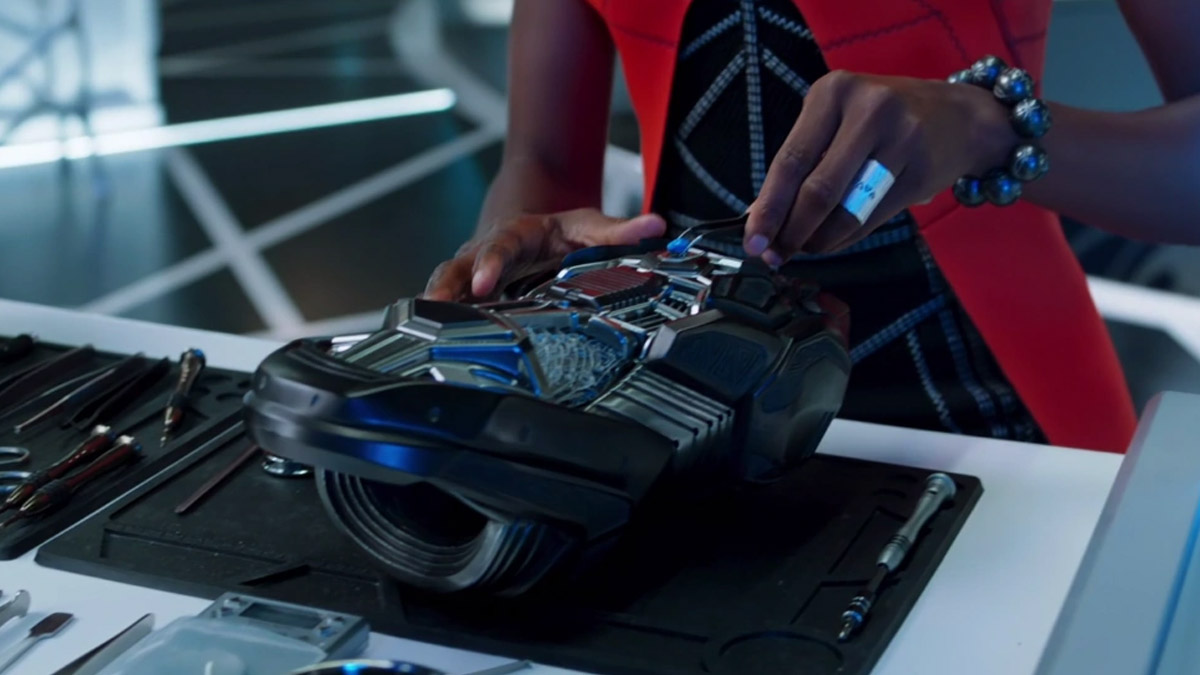
We saw the politics of vibranium play out with tragic but relatively contained consequences in Black Panther: Wakanda Forever. Scenes that took us into American politics felt like little more than a trigger for the war between Wakanda and Namor’s Talokan. However, the U.S.’s search for the precious metal is sure to have further repercussions.
It makes sense that Wakanda Forever closed the MCU’s Phase Four. It established that vibranium isn’t only found in territory under the Black Panther’s protection, and the quest to control vibranium is rumored to play a significant part in Phase Five. That Phase will stretch across two years, with 2023 focussing on the extraterrestrial events of Ant-Man and the Wasp: Quantumania, Guardians of the Galaxy Vol. 3, and The Marvels. In 2024, events will likely return to Earth with a universe-changing bang. Captain America: New World Order and Thunderbolts could well feature vibranium as a significant plot point as part of an ongoing vibranium war arc.
The potential for different strains of vibranium could dictate an international framework of conflict between the known world and hidden realms like Talkoan, Wakanda, and the Savage Land.
If there’s a vibranium war on the horizon, it wouldn’t be a surprise to find Valentina Allegra de Fontaine’s Thunderbolts at the heart of it. Where better to test her superteam of antiheroes than in the threatening prehistoric environment of the Savage Land? Her appearance in Wakanda Forever doesn’t suggest she’d hesitate.
Having played a significant part in the X-Men titles over the decades, the arrival of the Savage Land could also be another crucial brick in building Xavier’s mutants into the MCU.
If Phase Four was all about secrets and consequences, it looks like Phase Five will bring a lot that has been concealed in the MCU into the open.

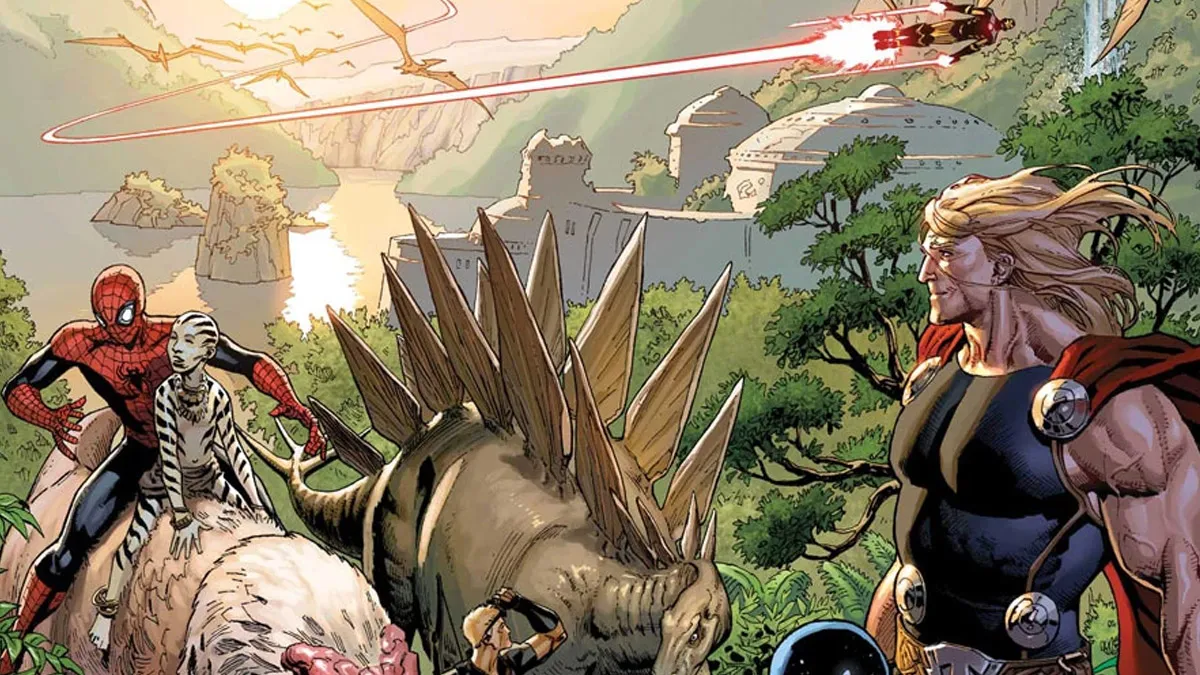
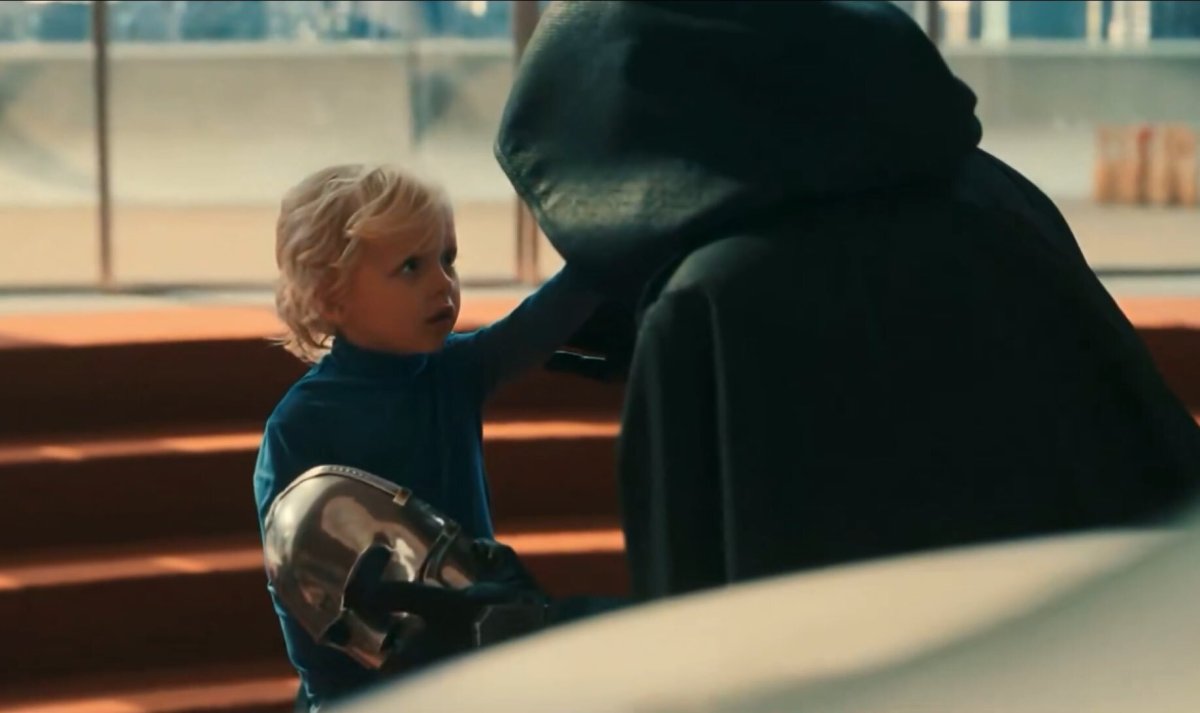
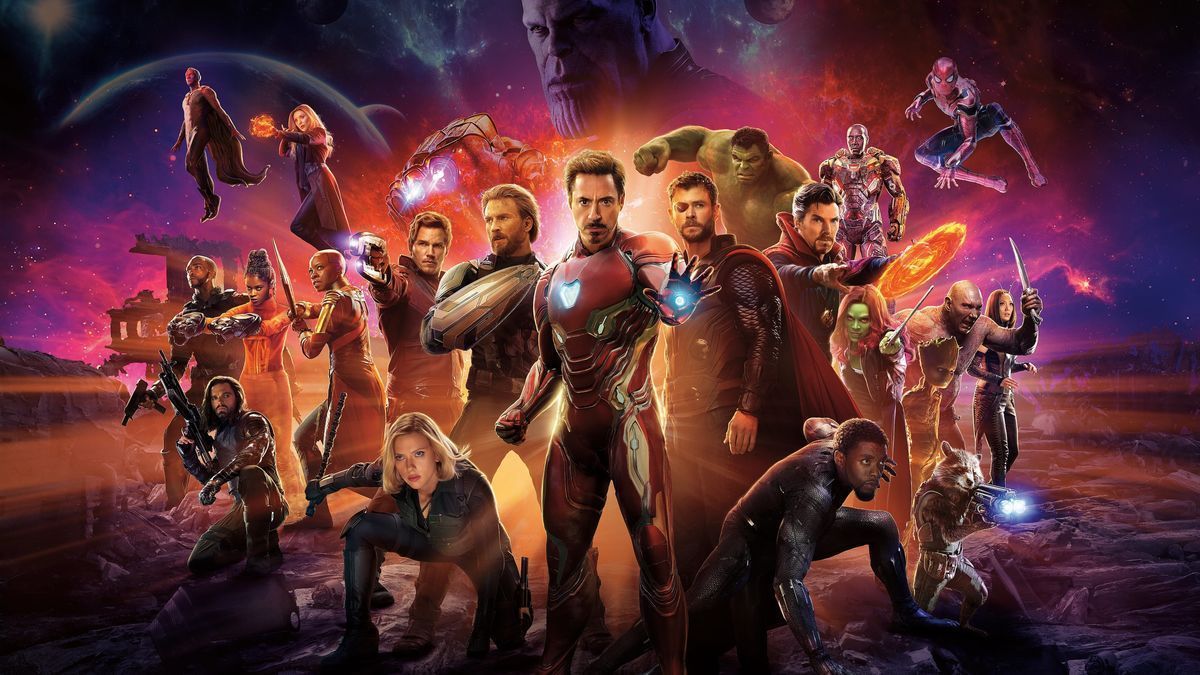
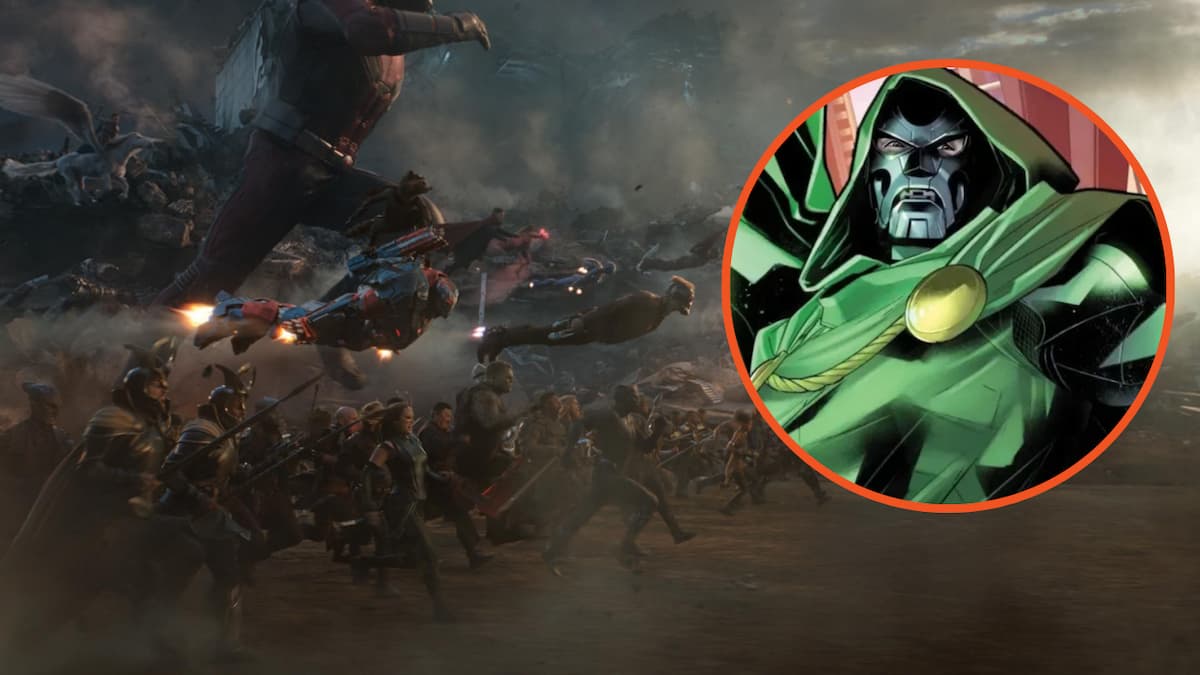
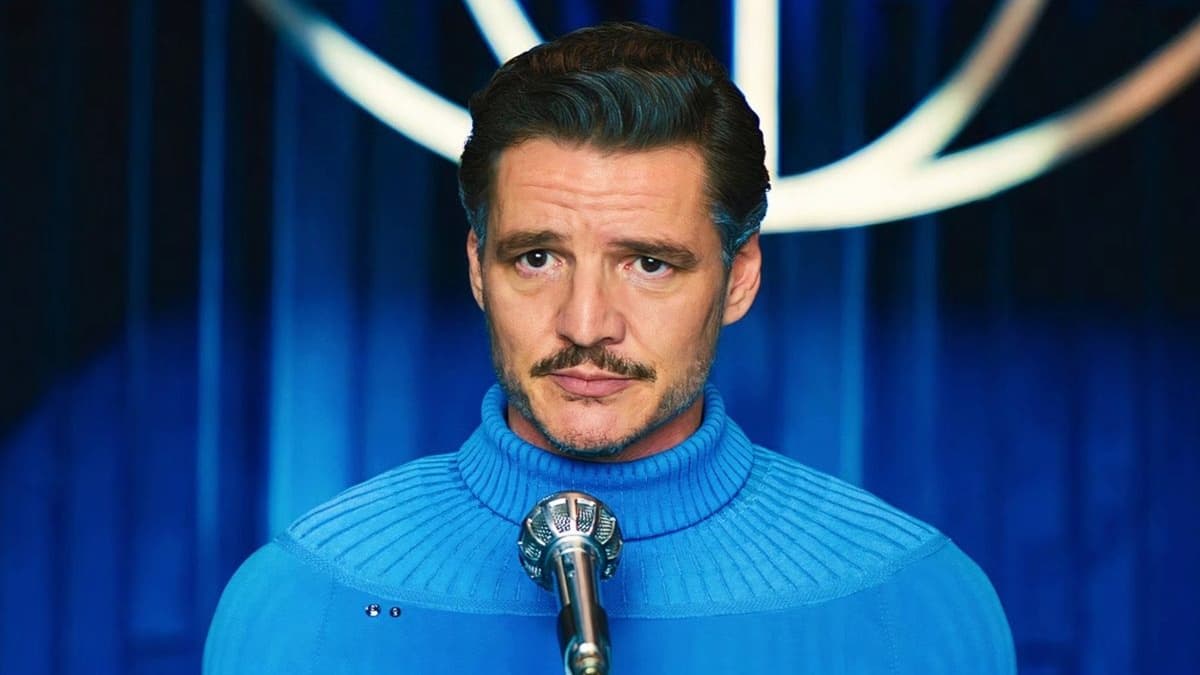
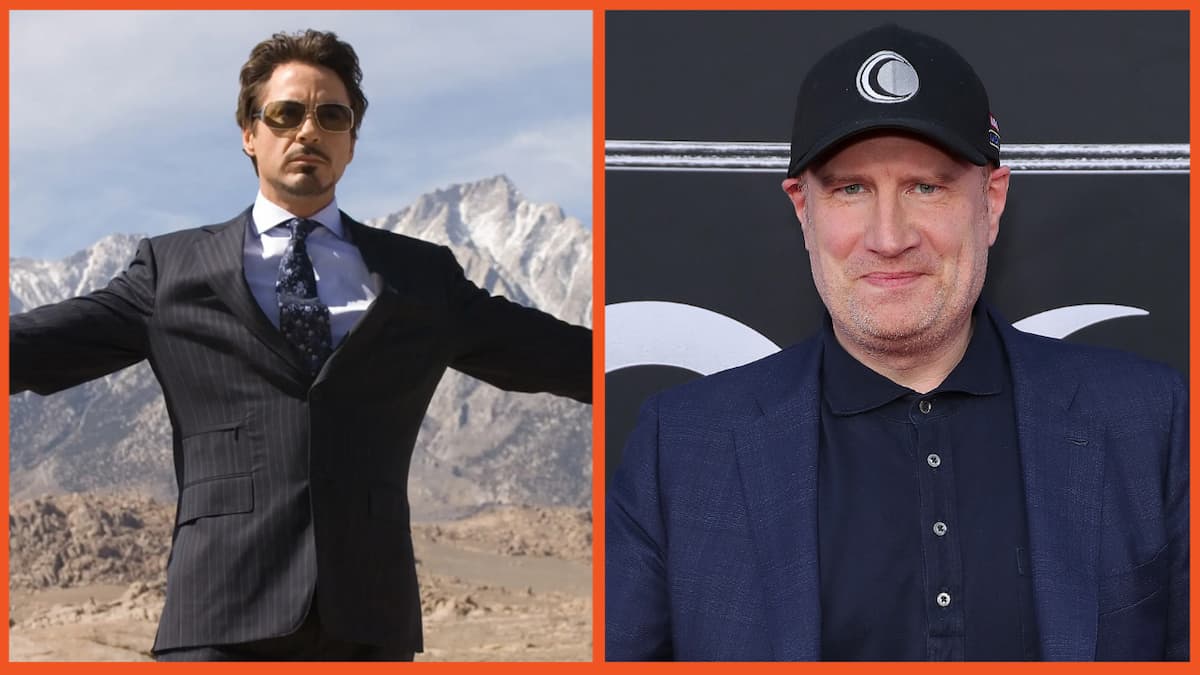
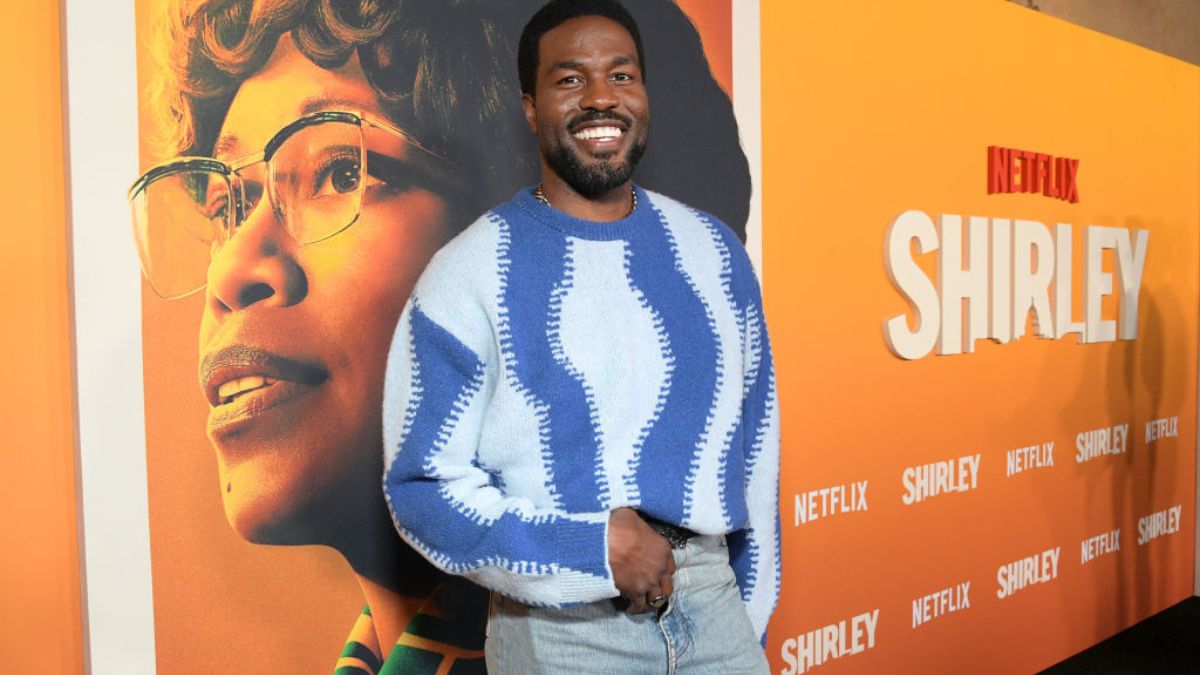
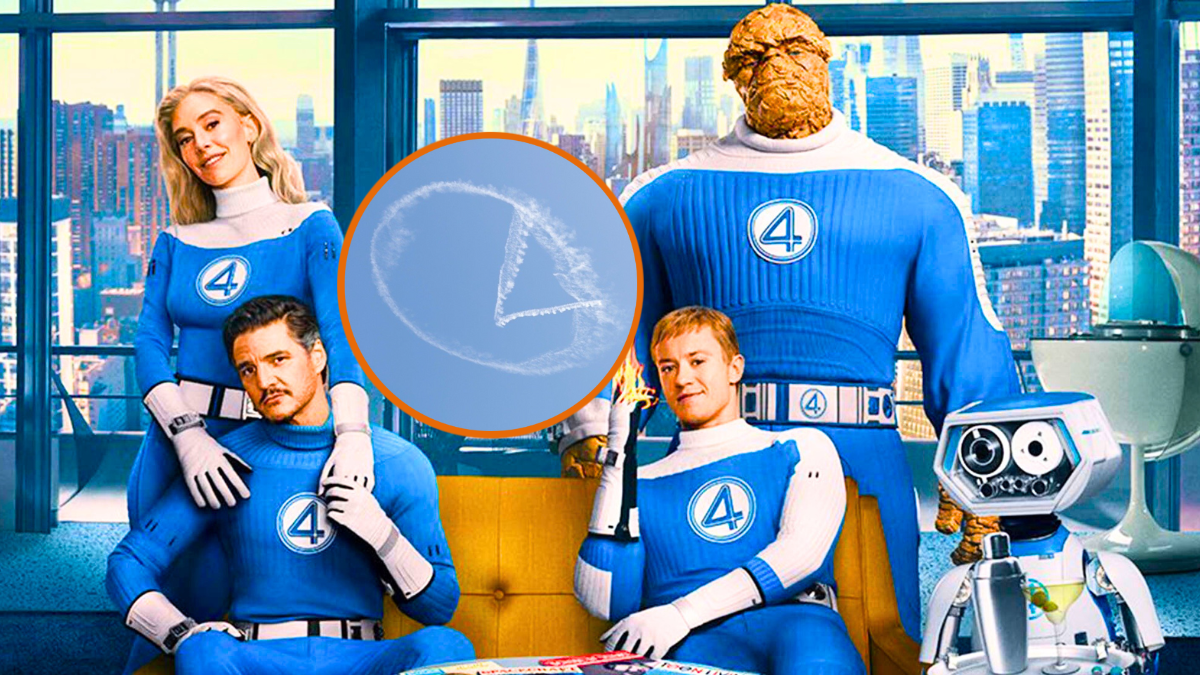
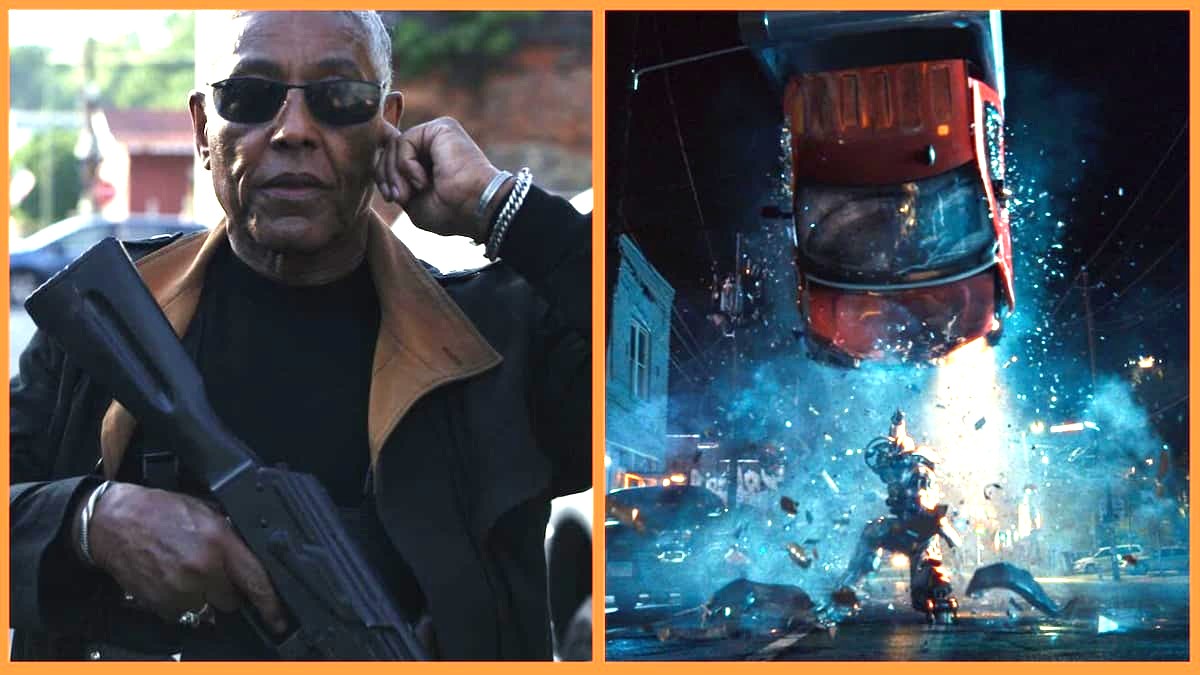

Published: Nov 19, 2022 01:12 pm